Home>Gardening & Outdoor>Outdoor Recreation & Activities>How To Get Your Dog To Catch A Frisbee


Outdoor Recreation & Activities
How To Get Your Dog To Catch A Frisbee
Modified: October 19, 2024
Learn the best techniques for teaching your dog to catch a frisbee and enjoy outdoor recreation and activities together. Discover expert tips and tricks for successful training.
(Many of the links in this article redirect to a specific reviewed product. Your purchase of these products through affiliate links helps to generate commission for Storables.com, at no extra cost. Learn more)
Introduction
Engaging in outdoor activities with your furry companion can be immensely rewarding. One such activity that fosters a strong bond between you and your dog is playing frisbee. Watching your dog leap into the air to catch a frisbee with sheer joy and determination is a sight to behold. Not only does it provide physical exercise for your dog, but it also stimulates their mental faculties, contributing to a well-rounded and contented pet.
Playing frisbee with your dog is not just about tossing a plastic disc back and forth; it's about fostering a deep connection and understanding between you and your canine friend. It's a chance for your dog to showcase their agility, speed, and intelligence while having a blast. Moreover, it's an excellent way for you to get some fresh air, exercise, and quality time with your pet.
In this comprehensive guide, we will delve into the intricacies of training your dog to catch a frisbee. From understanding your dog's behavior to choosing the right frisbee and implementing effective training techniques, we will cover every aspect to ensure a successful and enjoyable frisbee-catching experience for both you and your dog.
So, grab your frisbee, head outdoors, and get ready to embark on an exciting journey of bonding, fun, and skill-building with your beloved canine companion. Let's dive into the world of frisbee-catching and unleash the full potential of your dog's athleticism and enthusiasm!
Key Takeaways:
- Understanding your dog’s behavior, choosing the right frisbee, and implementing patient training are essential for a successful and enjoyable frisbee-catching experience with your furry friend.
- Prioritize safety by incorporating warm-up, hydration, appropriate frisbee size, supervision, and avoiding overexertion to create a secure and nurturing environment for frisbee play.
Read more: How To Get Your Dog To Go Down Stairs
Understanding Your Dog's Behavior
Understanding your dog's behavior is crucial when it comes to training them to catch a frisbee. Dogs are naturally inclined to chase moving objects, making them well-suited for frisbee-catching activities. However, it's essential to recognize that each dog has its own unique personality, physical abilities, and temperament, which can influence their approach to learning this skill.
First and foremost, it's important to assess your dog's physical condition. Dogs of different breeds, sizes, and ages have varying levels of agility and stamina. For instance, high-energy breeds such as Border Collies and Australian Shepherds are often adept at frisbee-catching due to their natural athleticism and enthusiasm. On the other hand, smaller or less agile breeds may require a more gradual training approach to avoid physical strain or injury.
Furthermore, understanding your dog's motivation is key. Some dogs are primarily food-motivated, while others are more driven by play and praise. By observing your dog's behavior during playtime, you can gain insight into what motivates them the most. This knowledge will be invaluable when incorporating positive reinforcement techniques during frisbee-catching training.
Additionally, consider your dog's temperament and attention span. Some dogs may have a strong prey drive, making them naturally inclined to chase and catch the frisbee. Others may be more cautious or easily distracted, requiring a patient and encouraging training approach. By recognizing these individual traits, you can tailor your training methods to suit your dog's specific needs, ensuring a positive and effective learning experience.
Moreover, it's essential to be mindful of any past experiences or traumas that may impact your dog's behavior. For instance, a rescue dog with a history of neglect or abuse may require extra patience and reassurance during training sessions. Understanding and empathizing with your dog's past can help you build trust and create a supportive environment for learning new skills.
In essence, understanding your dog's behavior involves recognizing their physical capabilities, motivations, temperament, attention span, and past experiences. By taking these factors into account, you can approach frisbee-catching training in a way that aligns with your dog's unique traits, ultimately leading to a fulfilling and successful bonding experience for both you and your beloved pet.
Choosing the Right Frisbee
Selecting the right frisbee is a pivotal step in preparing for successful frisbee-catching sessions with your dog. The market offers a wide array of frisbees designed specifically for canine play, each with unique features tailored to enhance your dog's experience. When choosing the perfect frisbee for your furry friend, several factors should be taken into consideration to ensure safety, durability, and overall enjoyment.
Material and Durability
Opting for a frisbee made from durable, non-toxic materials is essential. Look for frisbees constructed from soft, yet sturdy materials that are gentle on your dog's teeth and gums. Avoid hard plastic frisbees, as they can pose a risk of injury during enthusiastic catching and retrieving. Additionally, consider the frisbee's ability to withstand chewing and rough play, ensuring it remains intact for numerous play sessions.
Size and Weight
The size and weight of the frisbee play a crucial role in your dog's ability to catch and carry it comfortably. Choose a frisbee that is proportionate to your dog's mouth size, allowing them to grasp it securely without straining their jaw. Lightweight frisbees are preferable, as they enable effortless flight and reduce the risk of causing impact-related injuries upon catching.
Read more: How Did Frisbee Get Its Name?
Design and Visibility
Opt for a brightly colored frisbee with high visibility, especially against various outdoor backdrops. Vibrant hues such as neon green, orange, or yellow enhance the frisbee's visibility, making it easier for your dog to track and catch during play. Additionally, frisbees with contrasting colors or patterns aid in distinguishing the disc from the surrounding environment, preventing potential loss during high-flying catches.
Aerodynamics and Flight Performance
Consider the aerodynamic design of the frisbee to ensure stable and predictable flight patterns. Look for frisbees with a balanced weight distribution and a contoured edge for smooth gliding through the air. Optimal flight performance enhances your dog's ability to anticipate and intercept the frisbee mid-air, contributing to an exhilarating and seamless catching experience.
By carefully considering these factors and selecting a frisbee that aligns with your dog's physical attributes and play preferences, you can elevate the frisbee-catching experience to new heights. The right frisbee not only enhances safety and durability but also contributes to the overall enjoyment and success of your outdoor play sessions with your beloved canine companion.
Training Your Dog to Catch the Frisbee
Training your dog to catch a frisbee is an exhilarating journey that requires patience, positive reinforcement, and a strategic approach. By implementing effective training techniques, you can nurture your dog's natural instincts and abilities, ultimately fostering a strong bond and a shared sense of accomplishment. Here's a comprehensive guide to help you embark on this rewarding training endeavor.
Establishing the Foundation
Before diving into frisbee-catching training, it's essential to establish a strong foundation of basic obedience and responsiveness in your dog. Commands such as "sit," "stay," and "come" form the building blocks of effective communication and control during frisbee play. Consistent reinforcement of these commands creates a solid groundwork for introducing more advanced frisbee-catching skills.
Read more: How To Get A Dog Into The Bathtub
Introduction to the Frisbee
Begin by acquainting your dog with the frisbee in a positive and non-threatening manner. Allow them to sniff, inspect, and gradually become comfortable with the disc. Incorporate the frisbee into casual play sessions, using it as a toy to pique your dog's interest and curiosity. By associating the frisbee with fun and enjoyment, you lay the groundwork for a positive learning experience.
Targeted Retrieval Training
Initiate targeted retrieval training by encouraging your dog to chase and retrieve the frisbee over short distances. Start with gentle tosses at ground level, gradually increasing the distance as your dog becomes more confident. Use enthusiastic verbal praise, treats, or their favorite toy as a reward for successful retrieval, reinforcing the connection between catching the frisbee and positive outcomes.
Building Catching Skills
As your dog gains proficiency in retrieving the frisbee, focus on building their catching skills. Employ low, easy-to-catch throws, allowing your dog to intercept the frisbee mid-air. Use encouraging cues such as "catch it" or "get the frisbee" to guide and motivate your dog during the catching process. Celebrate even partial catches with praise and rewards, nurturing their confidence and determination.
Refining Accuracy and Distance
Gradually introduce variations in the frisbee's trajectory and height to challenge your dog's agility and tracking abilities. Experiment with longer throws and higher arcs, encouraging your dog to anticipate and intercept the frisbee at different angles. Consistent practice and positive reinforcement contribute to the refinement of accuracy and distance, elevating your dog's catching prowess.
Read more: How To Get A Big Dog In The Bathtub
Consistency and Patience
Consistency and patience are paramount throughout the training process. Set aside dedicated time for frisbee-catching sessions, ensuring a structured and supportive environment for learning. Be patient and understanding, acknowledging your dog's progress and offering reassurance during setbacks. With perseverance and encouragement, your dog will continue to develop their frisbee-catching skills over time.
By following these training guidelines and adapting them to your dog's individual pace and preferences, you can cultivate a rewarding frisbee-catching partnership. Embrace the journey of learning and growth alongside your dog, celebrating each milestone and forging cherished memories through the shared thrill of frisbee play.
Tips for Successful Frisbee Catching
Successfully engaging in frisbee-catching activities with your dog requires a combination of skill, strategy, and attentive guidance. To elevate your frisbee play sessions to new heights of enjoyment and accomplishment, consider implementing the following tips:
-
Tailor Training to Your Dog's Pace: Every dog has a unique learning curve and comfort level. Tailor the training sessions to align with your dog's pace, gradually introducing new challenges as they become more proficient in catching the frisbee. Patience and understanding are key elements in nurturing your dog's confidence and skills.
-
Choose the Right Environment: Select an open, spacious area free from potential obstacles or hazards. A grassy field or a dog-friendly park provides an ideal setting for frisbee-catching, allowing ample space for your dog to run, leap, and maneuver while minimizing the risk of collisions or distractions.
-
Optimize Timing and Frequency: Schedule frisbee-catching sessions during periods when your dog is alert and energetic, such as in the morning or early evening. Avoid overly hot or humid conditions to prevent exhaustion. Additionally, maintain a consistent training schedule to reinforce learning and skill retention.
-
Incorporate Varied Throws and Movements: Keep your dog engaged and challenged by incorporating a variety of throws, including straight, arcing, and zigzag trajectories. Experiment with your movements and positioning to simulate unpredictable flight paths, encouraging your dog to adapt and react swiftly.
-
Encourage Focus and Tracking: Use verbal cues and enthusiastic gestures to direct your dog's attention towards the incoming frisbee. Encourage them to track the disc's movement with unwavering focus, enhancing their anticipation and readiness to make a successful catch.
-
Reinforce Positive Behavior: Celebrate each successful catch with exuberant praise, affectionate pats, and occasional treats. Positive reinforcement solidifies the connection between catching the frisbee and enjoyable rewards, motivating your dog to persist and excel in their catching endeavors.
-
Monitor Physical Exertion: Pay close attention to your dog's physical condition during play, ensuring they are not overexerting themselves. Provide regular breaks for hydration and rest, especially on warm days. Prioritize your dog's well-being and comfort throughout the frisbee-catching sessions.
-
Embrace Playfulness and Bonding: View frisbee-catching as a joyful and interactive bonding experience. Embrace the playful moments, laughter, and shared enthusiasm with your dog, fostering a strong sense of companionship and mutual enjoyment.
By incorporating these tips into your frisbee-catching routine, you can create a dynamic and fulfilling experience for both you and your dog. Embrace the journey of skill development, shared excitement, and the enduring bond that flourishes through the exhilarating world of frisbee play.
Safety Precautions
Ensuring the safety and well-being of your dog during frisbee-catching activities is paramount to fostering a positive and secure play environment. By implementing essential safety precautions, you can mitigate potential risks and create a harmonious experience for both you and your canine companion.
Warm-Up and Cool Down
Prior to engaging in intense frisbee-catching sessions, initiate a gentle warm-up routine to prepare your dog's muscles and joints for physical activity. Incorporate light exercises and stretches to promote flexibility and reduce the risk of strain or injury. Similarly, conclude the play session with a gradual cool-down period, allowing your dog to unwind and relax after exerting themselves. These practices contribute to maintaining your dog's physical well-being and minimizing post-activity discomfort.
Read more: What Is A Frisbee?
Proper Hydration
Maintaining adequate hydration is crucial for your dog's overall health, particularly during outdoor play. Ensure that clean, fresh water is readily available throughout the frisbee-catching session, allowing your dog to hydrate as needed. Monitor their water intake and offer regular opportunities for them to drink, especially in warm weather conditions. Adequate hydration supports optimal physical performance and helps prevent heat-related issues.
Appropriate Frisbee Size
Selecting a frisbee that aligns with your dog's size and jaw capacity is essential for their safety and comfort. Avoid using oversized frisbees that may strain your dog's jaw or hinder their ability to grasp the disc securely. Conversely, small frisbees pose a choking hazard and may be challenging for larger breeds to catch. Choosing a frisbee of appropriate size promotes safe and effortless play, minimizing the risk of oral injuries or discomfort.
Supervision and Observation
Maintain vigilant supervision throughout the frisbee-catching session, attentively observing your dog's behavior, movements, and physical condition. Stay attuned to any signs of fatigue, distress, or discomfort, and be prepared to intervene if necessary. Additionally, monitor the surrounding environment for potential hazards such as uneven terrain, sharp objects, or other animals that may disrupt the play session. Proactive supervision enhances safety and allows for prompt response to any unforeseen circumstances.
Avoid Overexertion
Be mindful of your dog's energy levels and physical limitations, refraining from excessive or prolonged frisbee-catching sessions that may lead to exhaustion or muscle fatigue. Strike a balance between engaging play and adequate rest periods to prevent overexertion. Pay attention to cues such as heavy panting, reluctance to continue, or decreased enthusiasm, signaling the need for a break. Prioritize your dog's well-being by promoting a healthy and sustainable approach to play.
By integrating these safety precautions into your frisbee-catching routine, you can create a secure and nurturing environment for your dog to thrive in. Prioritizing their physical health, comfort, and overall safety enhances the joy and fulfillment derived from the shared experience of frisbee play, strengthening the bond between you and your cherished canine companion.
Conclusion
In conclusion, engaging in frisbee-catching activities with your dog transcends mere play; it embodies a profound bond, mutual understanding, and shared joy. Through the journey of training your dog to catch a frisbee, you have embarked on a remarkable adventure of companionship, growth, and celebration of your dog's innate abilities.
The process of understanding your dog's behavior has not only deepened your connection with your furry companion but has also provided valuable insights into their unique traits, motivations, and individuality. By recognizing and respecting these aspects, you have tailored the frisbee-catching experience to align with your dog's specific needs, ensuring a harmonious and fulfilling learning journey.
Choosing the right frisbee has been pivotal in enhancing safety, durability, and overall enjoyment during play sessions. Your thoughtful consideration of material, size, design, and flight performance has contributed to creating an optimal environment for your dog to thrive, fostering confidence and skill development.
The training process has been a testament to patience, perseverance, and the power of positive reinforcement. By establishing a strong foundation, introducing the frisbee with care, and gradually nurturing catching skills, you have cultivated a partnership built on trust, communication, and shared accomplishments.
Furthermore, the tips for successful frisbee catching have enriched your play sessions with creativity, adaptability, and a deep understanding of your dog's evolving capabilities. By embracing these tips, you have fostered an environment of continuous learning, playfulness, and mutual respect, elevating the frisbee-catching experience to new heights.
Moreover, the implementation of safety precautions has underscored your unwavering commitment to your dog's well-being, ensuring that every play session is grounded in care, attentiveness, and proactive measures to promote a secure and enjoyable environment.
As you reflect on the journey of training your dog to catch a frisbee, you have not only witnessed their physical prowess and agility but have also nurtured a bond that transcends words. The shared moments of triumph, the laughter, and the sheer delight in each successful catch have woven a tapestry of cherished memories that will endure for years to come.
In essence, the journey of frisbee-catching with your dog is a testament to the enduring power of companionship, the joy of shared experiences, and the profound impact of understanding, patience, and love. As you continue to embark on this adventure, may each toss of the frisbee be a celebration of your unbreakable bond and the sheer delight of experiencing life's simple pleasures alongside your beloved canine companion.
Frequently Asked Questions about How To Get Your Dog To Catch A Frisbee
Was this page helpful?
At Storables.com, we guarantee accurate and reliable information. Our content, validated by Expert Board Contributors, is crafted following stringent Editorial Policies. We're committed to providing you with well-researched, expert-backed insights for all your informational needs.
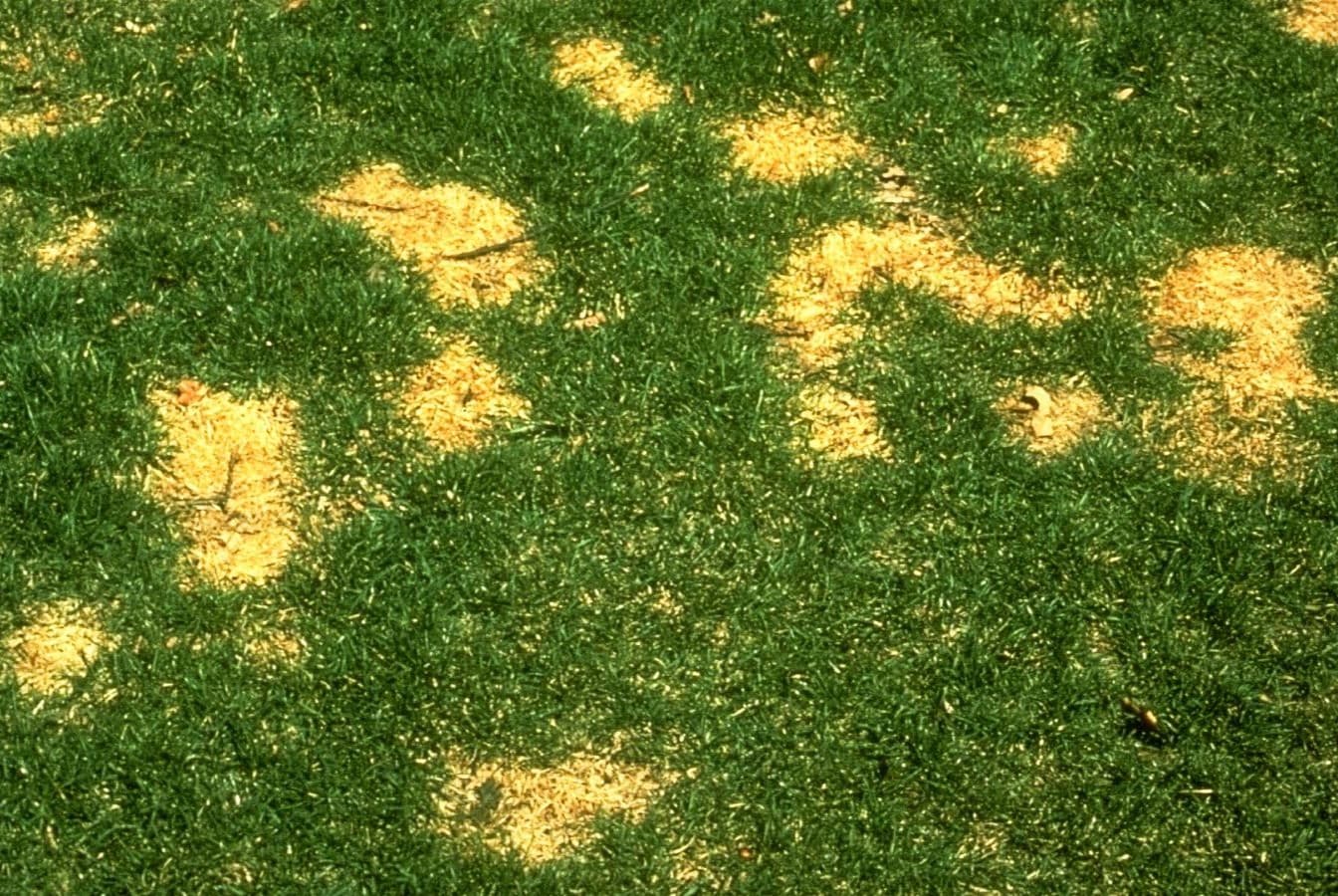


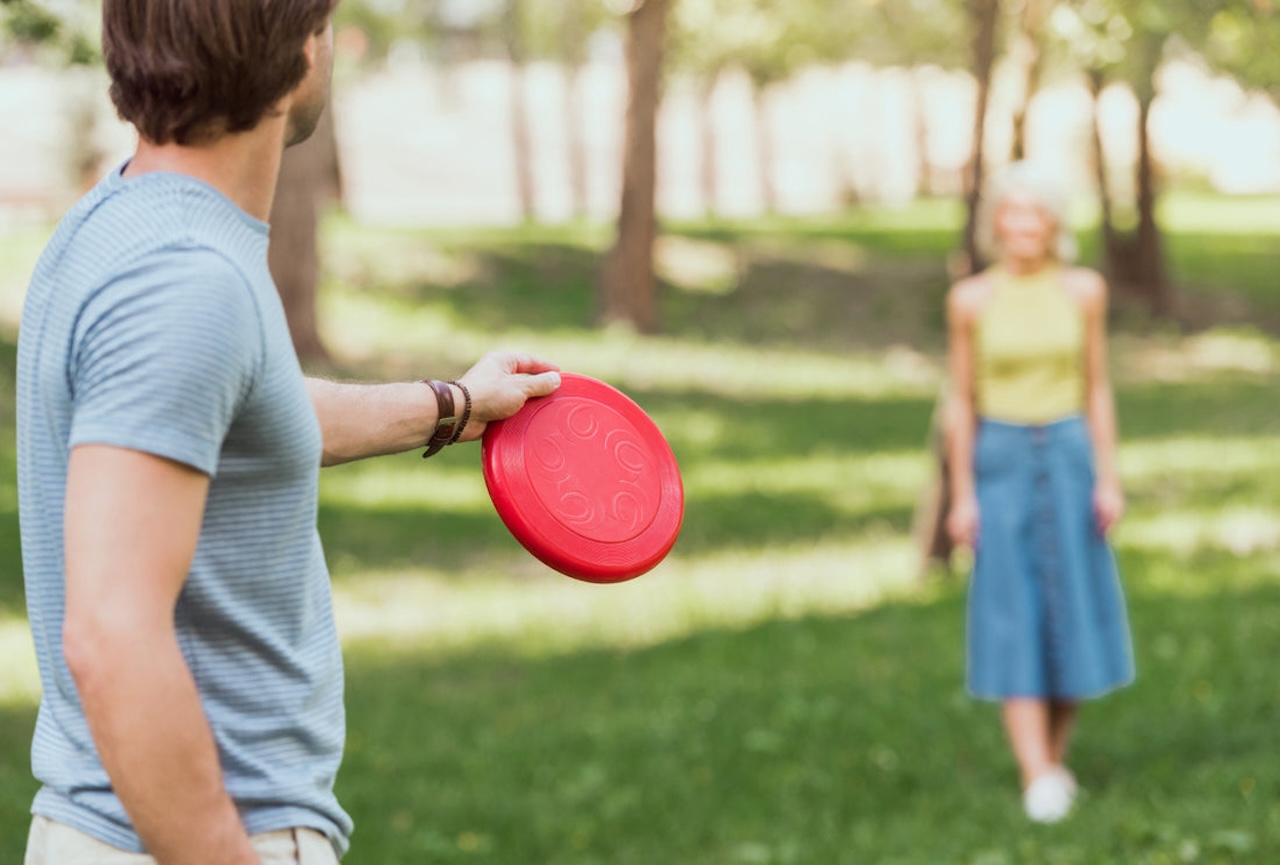
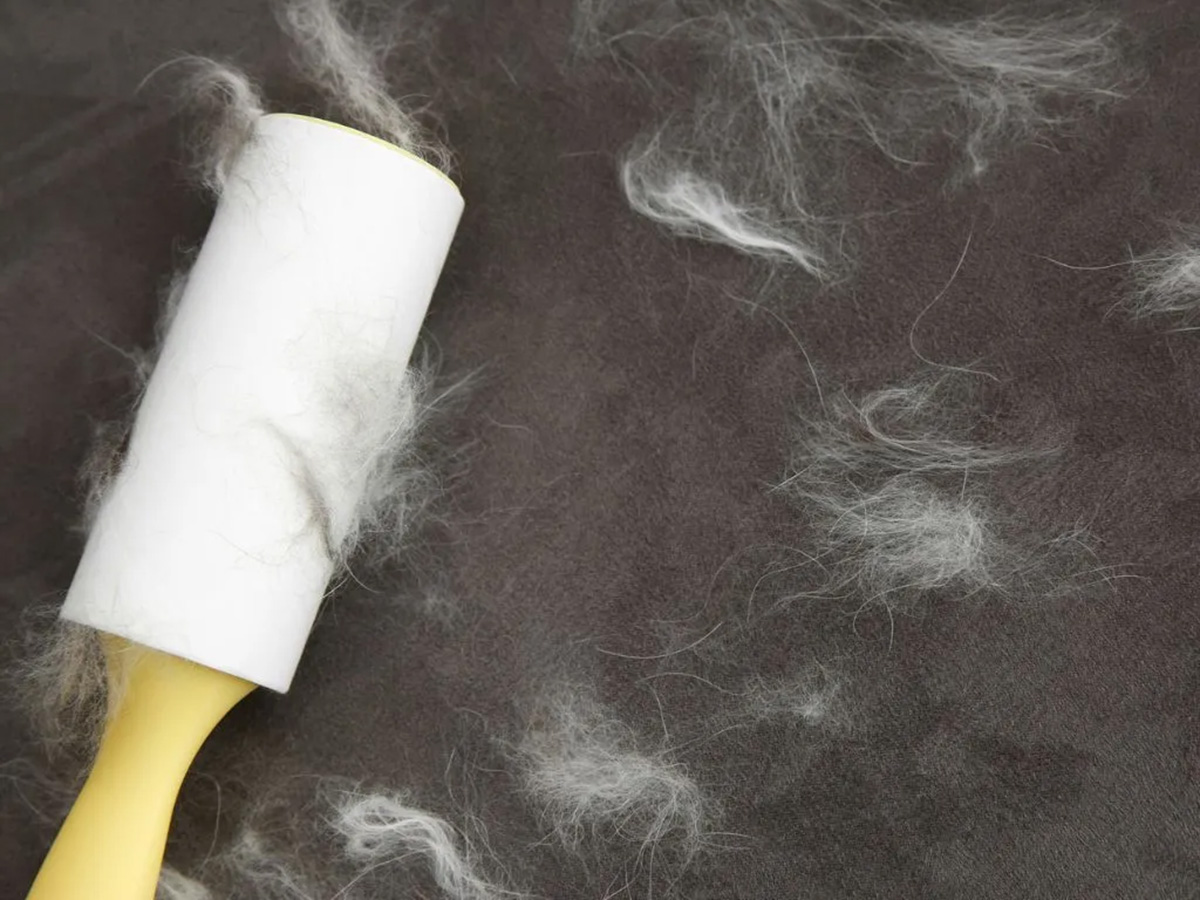
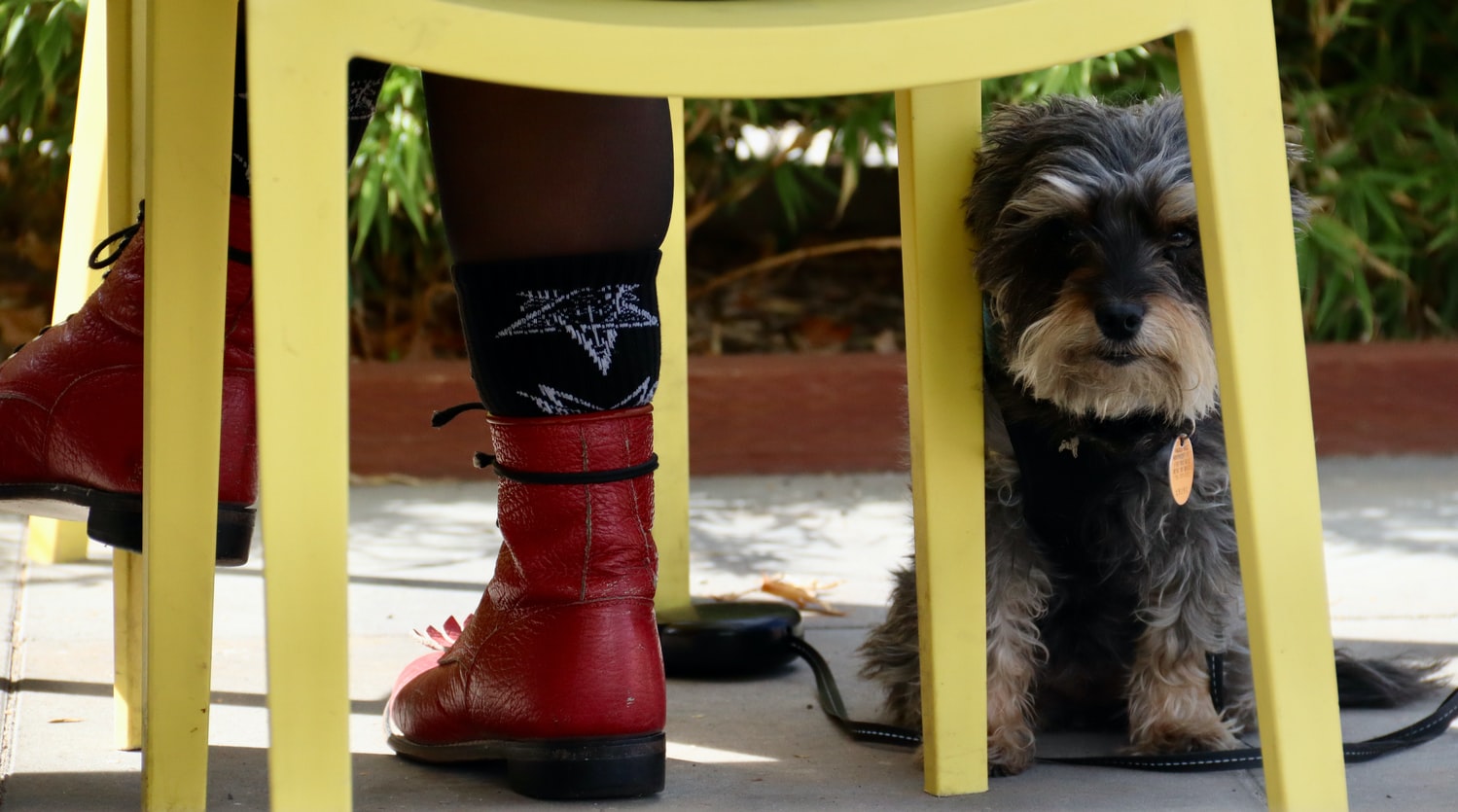
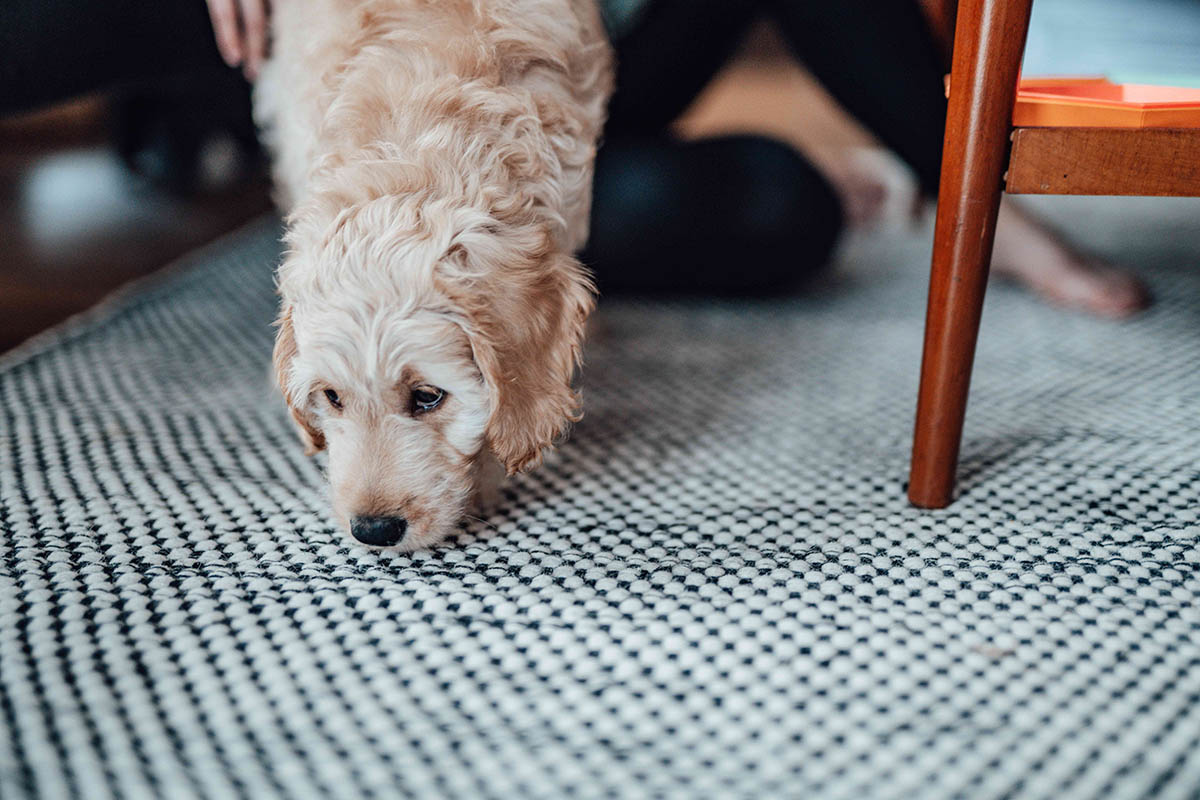
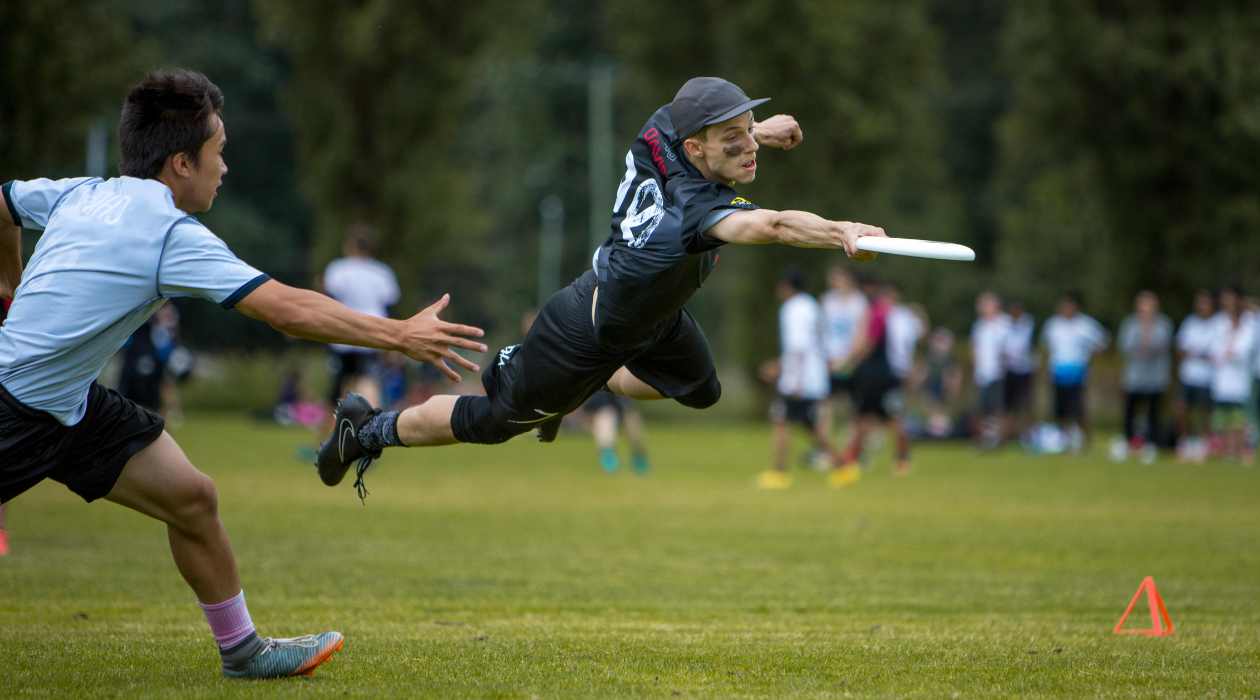
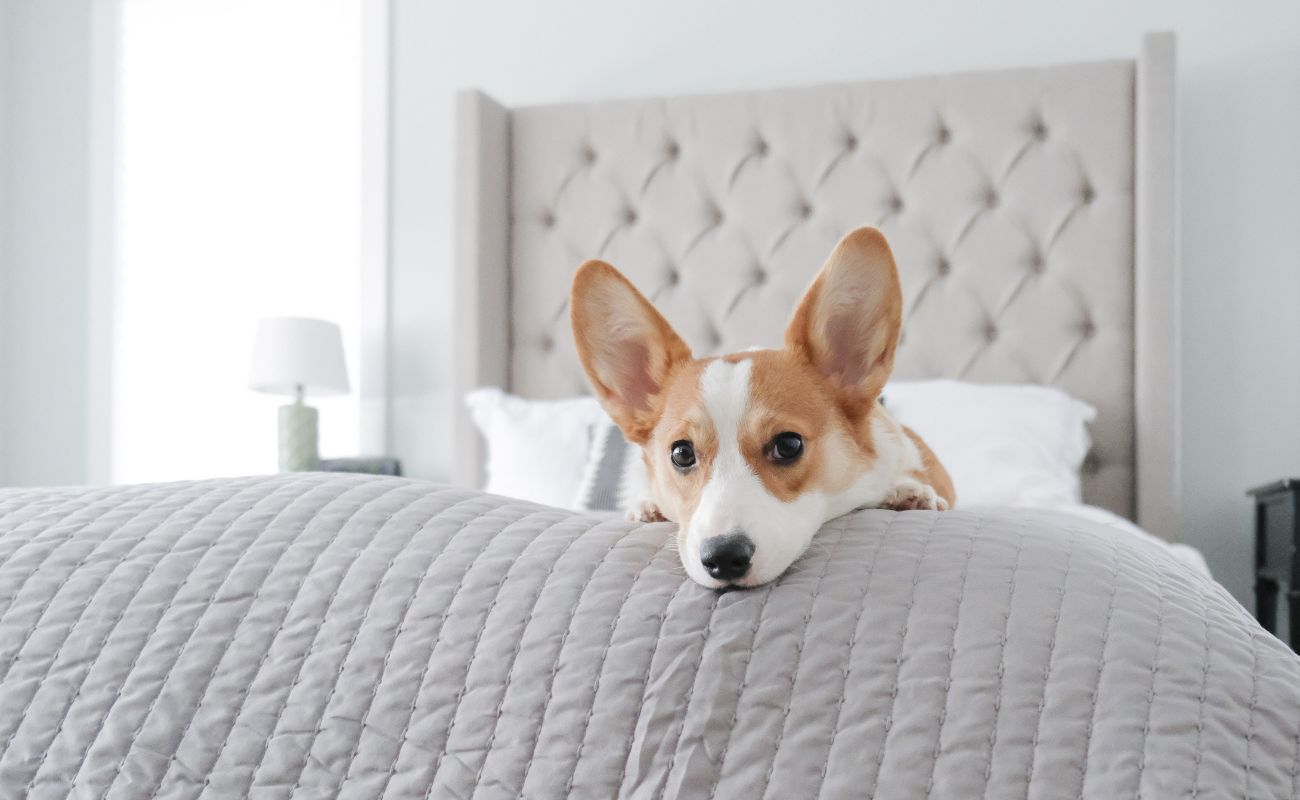
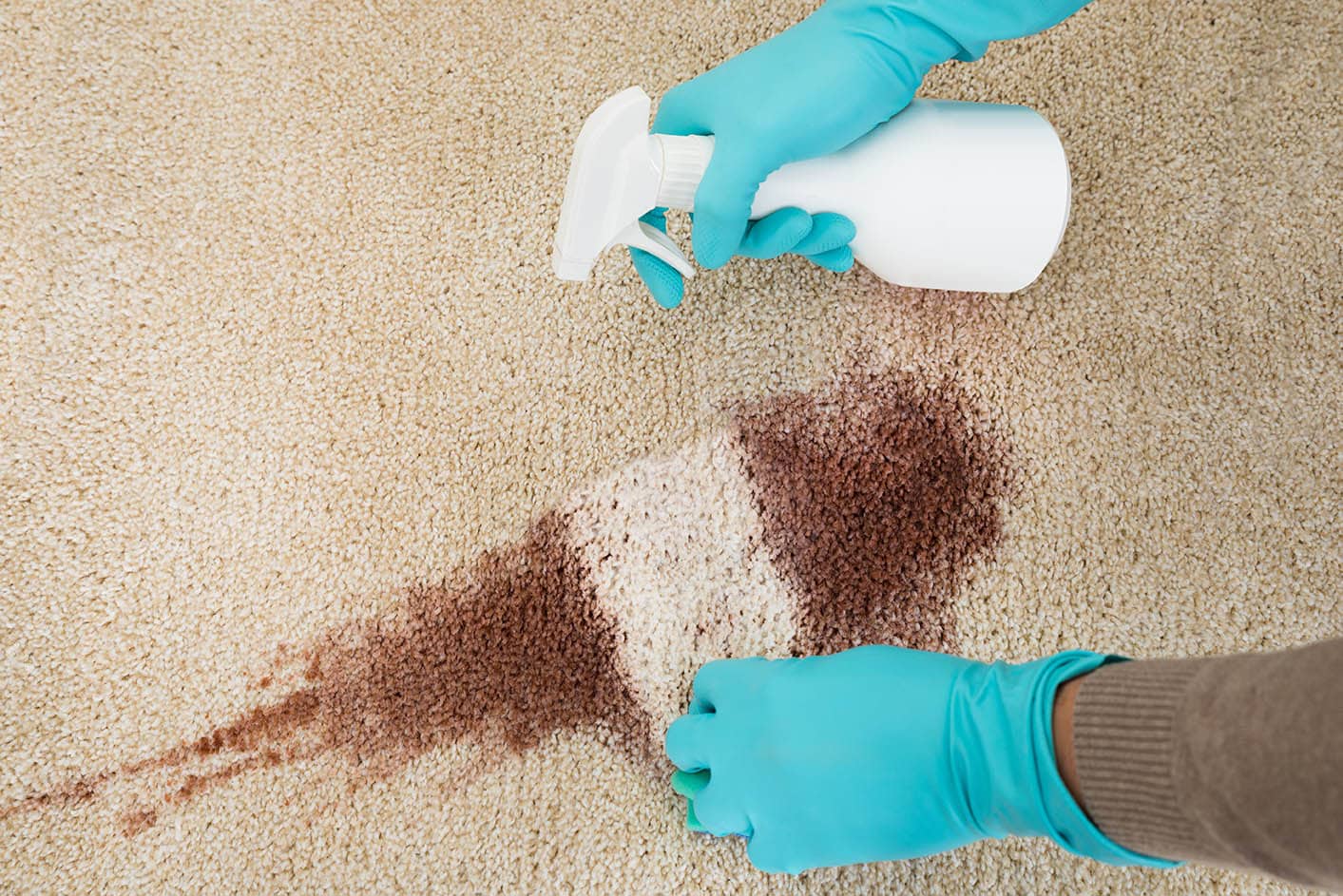

0 thoughts on “How To Get Your Dog To Catch A Frisbee”